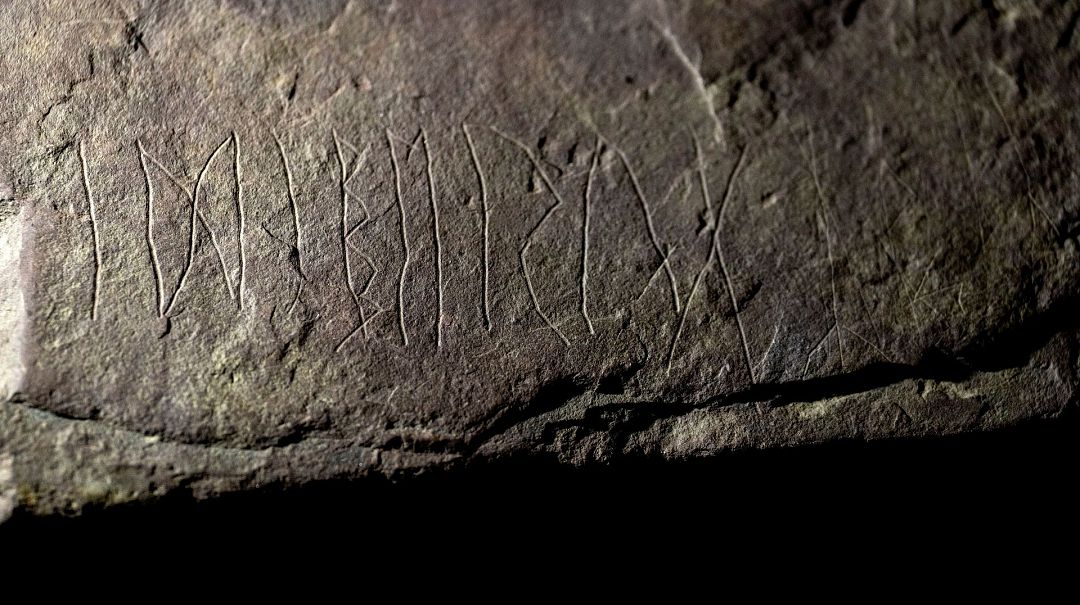
The runestone found at Tyrifjorden, Norway, shown at the Museum of Cultural History in Oslo
AP Photo
AP Photo
Runestones, typically raised at gravesites during the Viking era, are stones inscribed with runic letters, the oldest known alphabet in Scandinavia.
The discovery of this runestone is particularly significant as it predates previously known examples by several hundred years, and could date back to the time of Jesus Christ.
"We thought that the first runestones in Norway and Sweden appeared in the 300s or 400s, but it turns out that some could be even older than we previously believed," said runologist Kristel Zilmer. "It's a unique discovery," she added.
The inscription on the runestone, which has been retranscribed into the Latin alphabet, is believed to be in honor of the person buried in the grave. The meaning of the word "idiberug" is still a mystery, but researchers are working to uncover its significance.
“This find will give us a lot of knowledge about the use of runes in the early Iron Age. This may be one of the first attempts to use runes in Norway and Scandinavia on stone,” Kristel Zilmer, a professor at University of Oslo says. The runestone found at Tyrifjorden, Norway, shown at the Museum of Cultural History in OsloAP Photo
Runestones, typically raised at gravesites during the Viking era, are stones inscribed with runic letters, the oldest known alphabet in Scandinavia.
The discovery of this runestone is particularly significant as it predates previously known examples by several hundred years, and could date back to the time of Jesus Christ.
"We thought that the first runestones in Norway and Sweden appeared in the 300s or 400s, but it turns out that some could be even older than we previously believed," said runologist Kristel Zilmer. "It's a unique discovery," she added.
The inscription on the runestone, which has been retranscribed into the Latin alphabet, is believed to be in honor of the person buried in the grave. The meaning of the word "idiberug" is still a mystery, but researchers are working to uncover its significance.
“This find will give us a lot of knowledge about the use of runes in the early Iron Age. This may be one of the first attempts to use runes in Norway and Scandinavia on stone,” Kristel Zilmer, a professor at University of Oslo says.